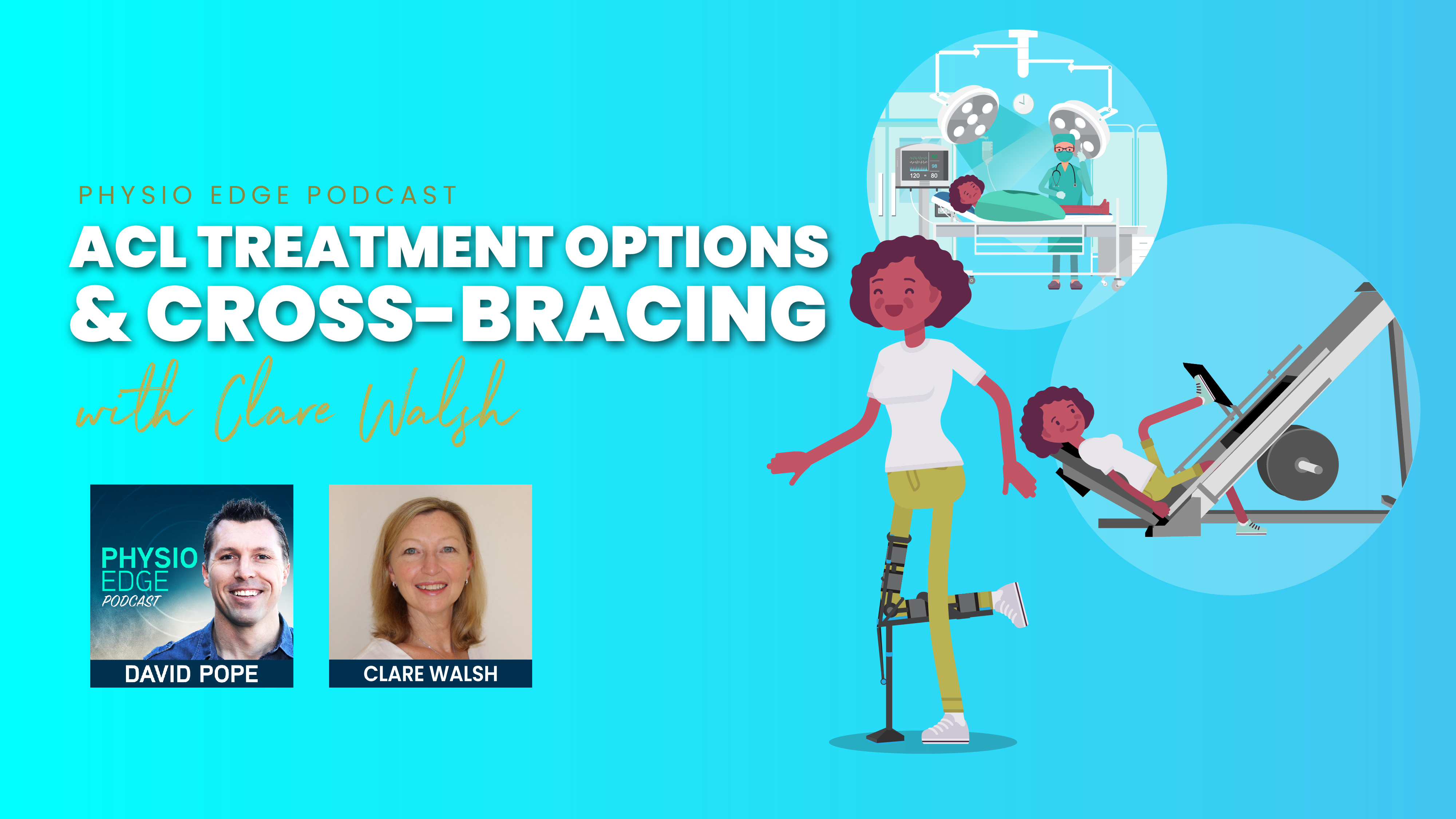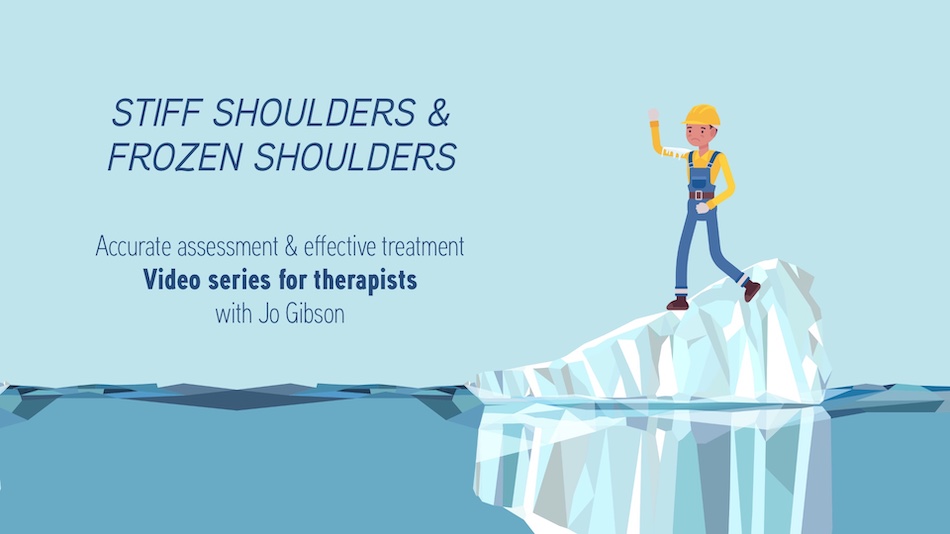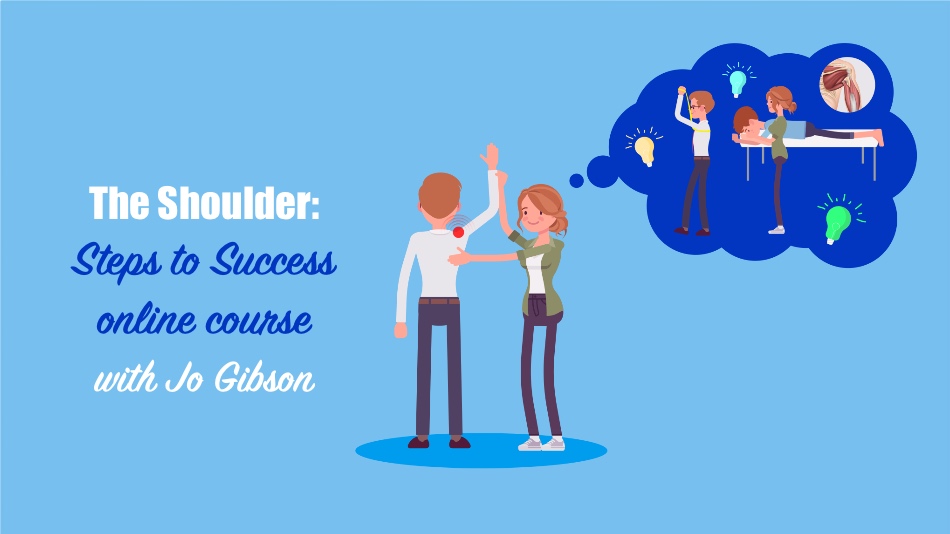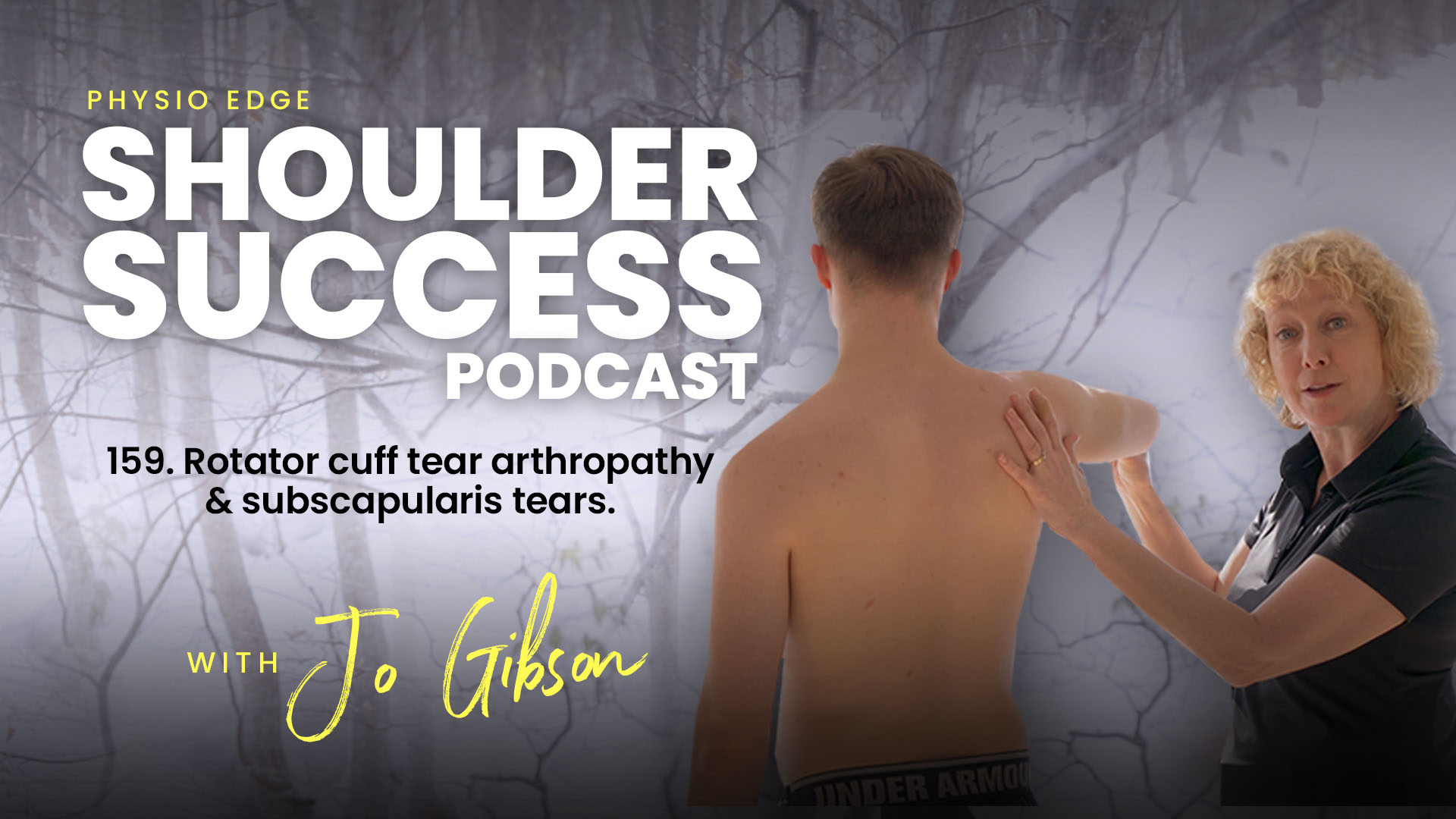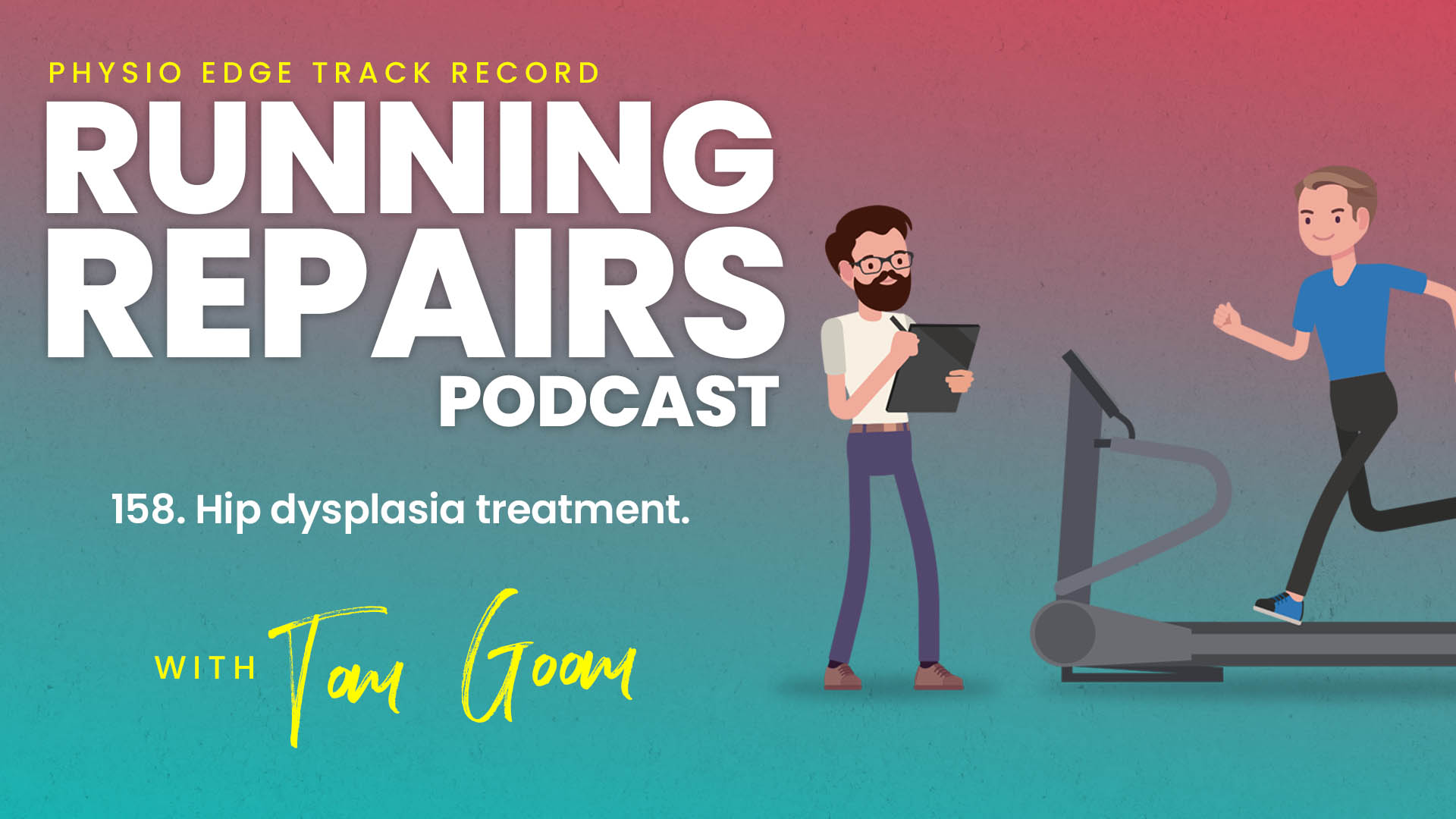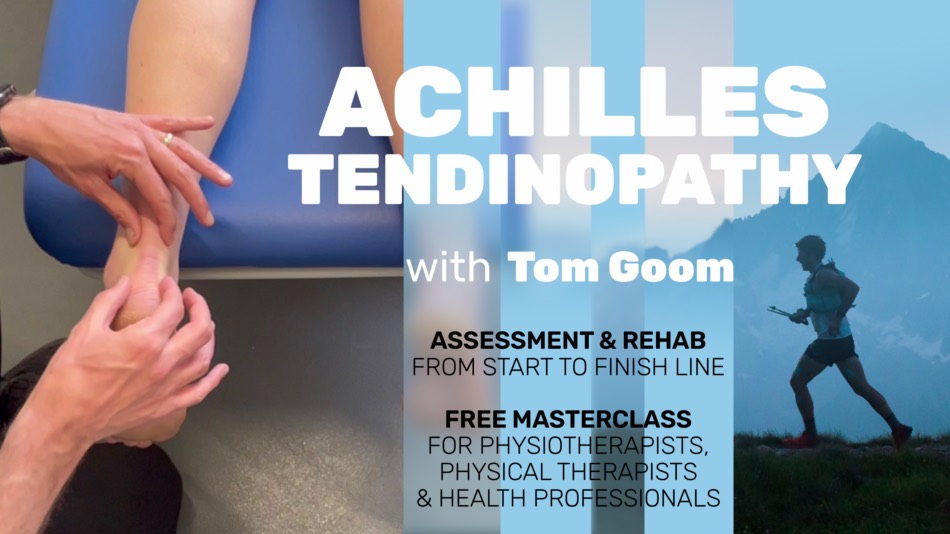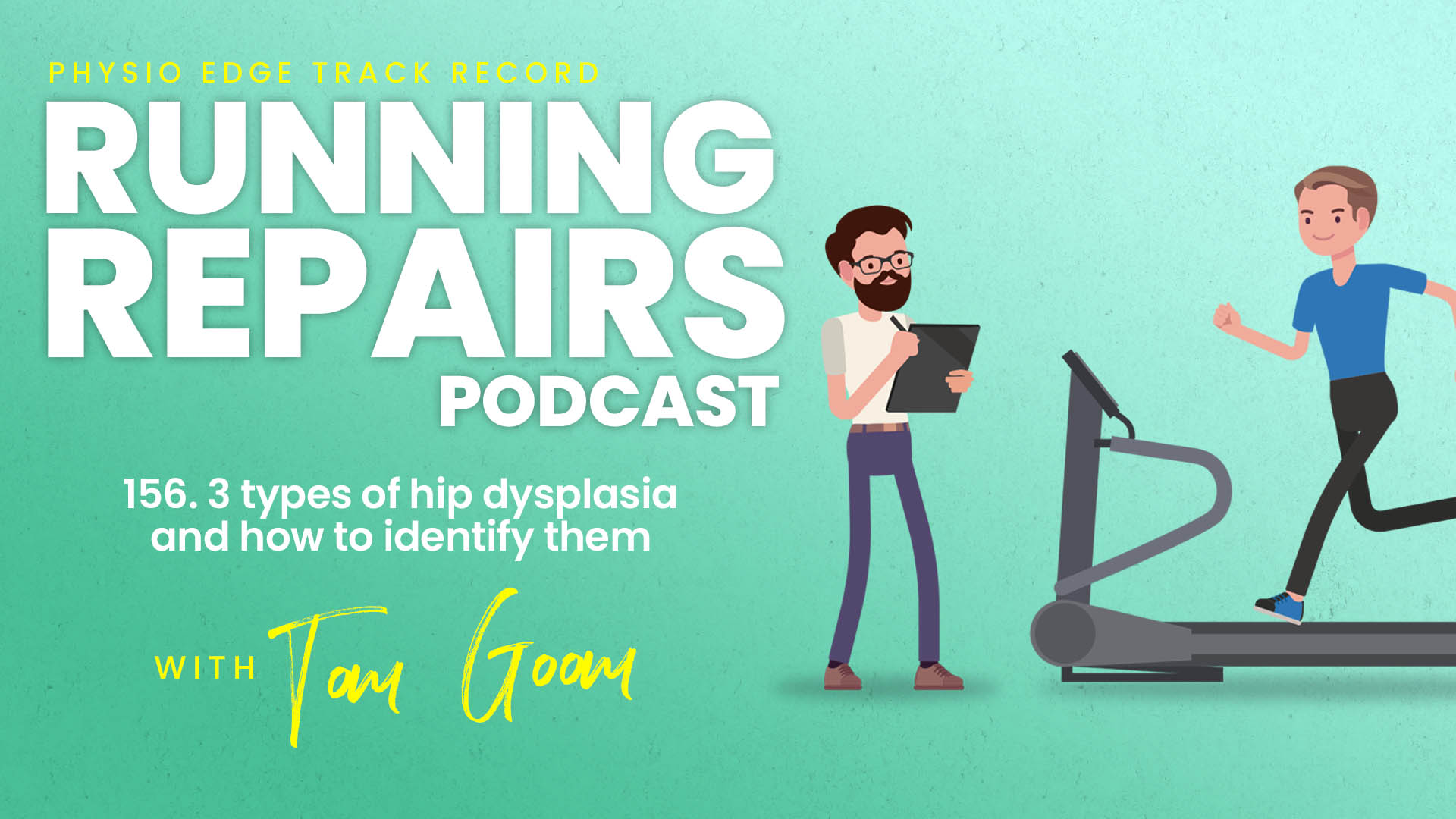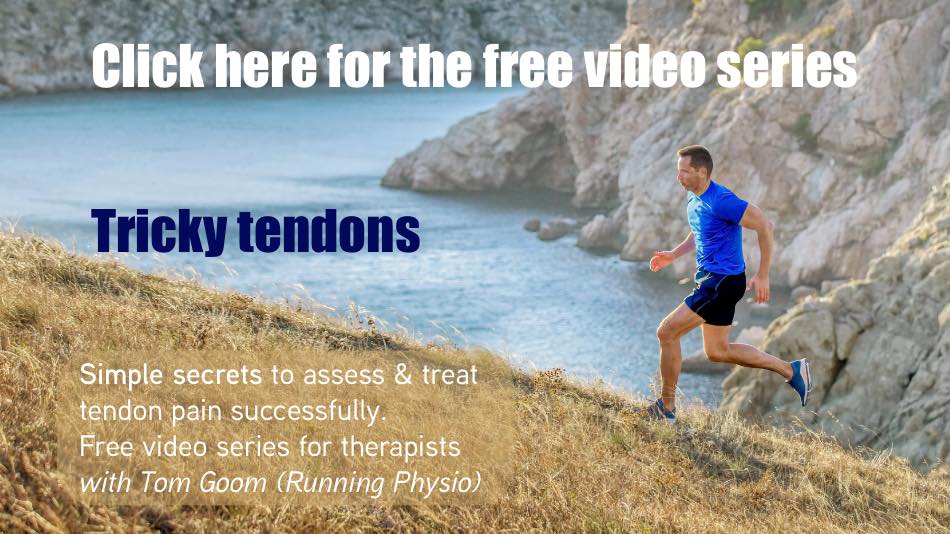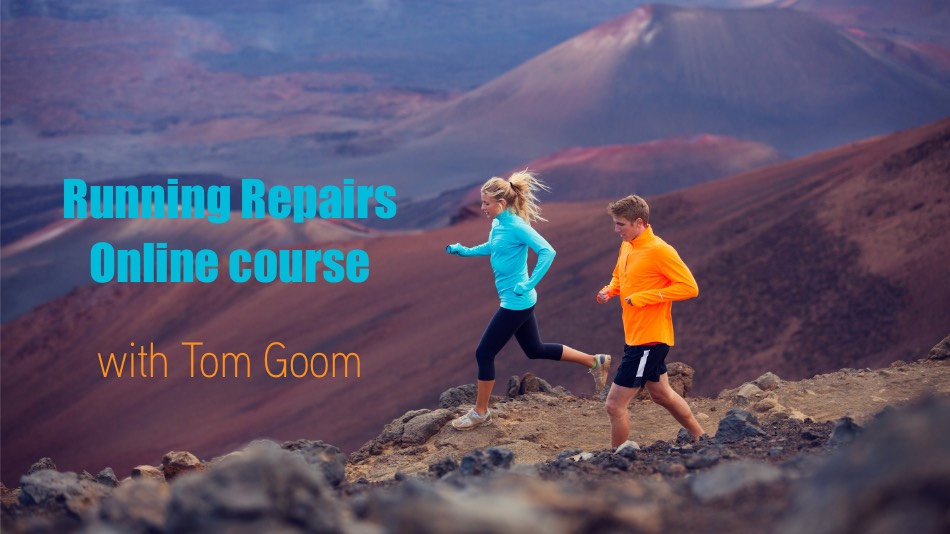Thu, 18 April 2024
ACL injuries result in significant time away from sport and distress for patients. The variety of management options, from surgical intervention to non-surgical management and rehabilitation protocols, often makes us uncertain when educating and helping patients choose the most appropriate care for their needs and goals. Recently, a pioneering non-operative ACL injury management pathway called the “Cross bracing protocol” has been pioneered and developed by Dr Tom Cross and Tom’s father (the late Orthopaedic surgeon) Dr Merv Cross. This protocol offers a promising alternative for patients with ACL injuries who are suitable for non-surgical intervention, where the ACL injury may heal or repair itself. Not all patients with an ACL injury are suitable for the Cross bracing protocol or non-surgical management, so how can you identify whether your patient is suitable, and which treatment options are best for each patient? In this insightful podcast episode, we discuss the complex challenge of ACL injury management and Cross bracing with Clare Walsh (Specialist Sports & Exercise Physiotherapist, FACP). Clare treats a lot of patients with ACL injuries with prehabilitation, post-op rehabilitation, or non-surgical management including Cross bracing. Clare works alongside Dr Tom Cross and other Sports Medicine Doctors, Orthopaedic surgeons (including the late Dr Merv Cross) and leading Sports Physiotherapists at Stadium Sports Physiotherapy and The Stadium Clinic. Clare teaches on the Cross bracing course conducted in Australia for Physiotherapists and health professionals, and is a Senior Educator & Presenter here at Clinical Edge. In this podcast we explore:
This podcast is packed full of great information on this emerging ACL injury treatment. You’ll finish this podcast with a deeper understanding of ACL injury management and Cross bracing plus practical knowledge, solutions and insights you can apply into your practice. Links
Chapters:
|
Sat, 6 April 2024
How can you treat patients who experience knee pain and swelling during and after running? If you suspect their symptoms are caused by a meniscal injury, how can you rehab and return these patients to running without surgery? In this Physio Edge: Running repairs podcast with Tom Goom, you’ll explore meniscal injuries in runners, recent research on runners with meniscal tears, and how to provide effective non-surgical management. You’ll discover:
Tom explores the physical aspects of recovery, along with the impact of general health, weight management, and gait retraining on knee health. With a realistic timeline for recovery and a focus on individualised treatment plans, this podcast is a must-listen for therapists who treat runners. 🔗 Free Webinar Alert! Don't miss out on our free webinars for therapists on shin pain and Achilles tendinopathy in runners. Check the link in the description for more information. Free running injury assessment & treatment video series available nowImprove running injury assessment & treatment now with the Running Repairs Online course with Tom Goom at clinicaledge.co/runningrepairs. Links associated with this episode:
Chapters:
|
Fri, 15 March 2024
Jo Gibson (Upper Limb Rehabilitation Specialist Physio) discusses the keys to successfully treat persistent anterior shoulder pain in two tennis players who had not recovered despite previous extensive rehab. In this podcast Jo explores what to include in your rehab of sportspeople who place large demands on their shoulders, elements commonly overlooked in shoulder rehab and how to address patients’ psychosocial factors, fears and beliefs to successfully treat persistent shoulder pain. Click here for the free webinar with Jo Gibson “Rotator cuff revealed! Rehab & reasoning”. The handout for this podcast consists of a transcript and research articles referenced in this podcast. Free video series “Frozen shoulder assessment & treatment” with Jo GibsonImprove your frozen shoulder assessment and treatment now with Jo Gibson’s free video series at clinicaledge.co/shoulder Shoulder: Steps to Success online course with Jo GibsonImprove your assessment and treatment of shoulder pain with the Shoulder: Steps to Success online course with Jo Gibson, now available for enrolment at clinicaledge.co/shouldersuccess Free trial Clinical Edge membershipUse a fresh approach to your musculoskeletal and sports injury treatment with a free trial Clinical Edge membership at clinicaledge.co/freetrial Links associated with this episode:
Articles associated with this episode:
Podcast chapters:
|
Fri, 9 February 2024
Join David Pope (APA Titled Musculoskeletal and Sports & Exercise Physio) and Zoe Russell (Specialist Sports Physiotherapist, FACP; APA Titled Musculoskeletal Physio) in the Physio Edge podcast as they explore how to assess, treat, and manage patients suffering from ACL injuries or suspected ACL injuries. You'll discover how to assess a patient with a suspected ACL injury, and criteria you can use to identify whether a patient may be suited to non-surgical management or is likely to require surgery. You'll also understand when immediate or delayed surgery is the best option, and how to guide patients through the decision-making process and different phases of rehab. Listen in to provide your ACL injury patients with the best treatment options. Free Achilles tendinopathy video series with Tom Goom available nowLinks
|
Thu, 24 August 2023
Rotator cuff tear arthropathy (RCTA) is a pattern of glenohumeral joint degenerative changes following rotator cuff tears, causing shoulder pain and stiffness. Subscapularis tears can also be involved in RCTA, or a significant cause of shoulder pain and disability. How can you identify RCTA and subscap tears in your shoulder pain patients? How can they be treated, and do these patients respond well to non-surgical management? Find out in this podcast with Jo Gibson (Upper Limb Rehabilitation Specialist Physio). Click here for the free webinar with Jo Gibson “Rotator cuff revealed! Rehab & reasoning”. The handout for this podcast consists of a transcript and research articles referenced in this podcast. Free video series “Frozen shoulder assessment & treatment” with Jo GibsonImprove your frozen shoulder assessment and treatment now with Jo Gibson’s free video series at clinicaledge.co/shoulder Shoulder: Steps to Success online course with Jo GibsonImprove your assessment and treatment of shoulder pain with the Shoulder: Steps to Success online course with Jo Gibson, now available for enrolment at clinicaledge.co/shouldersuccess Free trial Clinical Edge membershipUse a fresh approach to your musculoskeletal and sports injury treatment with a free trial Clinical Edge membership at clinicaledge.co/freetrial Links associated with this episode:
Articles associated with this episode:
Chapters:
|
Mon, 21 August 2023
How can you successfully treat hip pain and instability associated with your patients’ hip dysplasia? Find out the eight critical steps to excellent results with hip dysplasia in this podcast, which is part 3 in this three-part podcast series with Tom Goom (Running Physio). Improve running injury assessment & treatment now with the Running Repairs Online course with Tom Goom at clinicaledge.co/runningrepairs Free video series: Achilles Tendinopathy from start to finish line! with Tom GoomIn this free Masterclass "Achilles tendinopathy: Assessment & rehab from start to finish line" presented by Tom Goom and hosted by Clinical Edge, you’ll discover:
CLICK HERE to register for your free access to this three-part video series with Tom Goom CLICK HERE for your access to three free videos with Tom Goom Links associated with this episode:
Articles associated with this episode:
Chapters:
|
Thu, 17 August 2023
When a patient presents with a potential frozen shoulder, what other differential diagnoses must be considered? Find out in this podcast with Jo Gibson (Upper Limb Rehabilitation Specialist Physio), exploring the case study of a patient diagnosed with “frozen shoulder” with symptoms that don’t quite match a typical frozen shoulder. What’s the diagnosis of this patient’s stiff shoulder? You’ll also discover whether an X-ray or imaging is required when a patient presents with a stiff or frozen shoulder. Click here for the free webinar with Jo Gibson “Rotator cuff revealed! Rehab & reasoning”. The handout for this podcast is the transcript associated with this podcast. Free video series “Frozen shoulder assessment & treatment” with Jo GibsonImprove your frozen shoulder assessment and treatment now with Jo Gibson’s free video series at clinicaledge.co/shoulder Shoulder: Steps to Success online course with Jo GibsonImprove your assessment and treatment of shoulder pain with the Shoulder: Steps to Success online course with Jo Gibson, now available for enrolment at clinicaledge.co/shouldersuccess Free trial Clinical Edge membershipUse a fresh approach to your musculoskeletal and sports injury treatment with a free trial Clinical Edge membership at clinicaledge.co/freetrial Links associated with this episode:
Chapters:
|
Mon, 12 June 2023
Hip dysplasia is a commonly missed cause of hip and groin pain. In this podcast, which is part 2 in the 3 part series with Tom Goom (Running Physio), you’ll discover three types of hip dysplasia that will cause different symptoms and need different treatment (based on Wilkins et al. 2017), how to identify each type, and common exercises and a treatment approach that may be stirring up your patients hip and groin pain. Improve running injury assessment & treatment now with the Running Repairs Online course with Tom Goom at clinicaledge.co/runningrepairs Tricky tendons - Your free video guide to tendinopathy treatment with Tom Goom.Discover a new, effective approach to treatment of tricky tendinopathy presentations, and lesser known tendinopathies with this free video series presented by Tom Goom (Running Physio) and hosted by Clinical Edge. Tom will reveal the secrets to successfully treat tendon pain, and get your patients back to running and sport quickly and easily, without stirring up their pain. Get your free access to this video series now. CLICK HERE for your access to three free videos with Tom Goom CLICK HERE for your access to three free videos with Tom Goom Links associated with this episode:
Articles associated with this episode:
Chapters:
|
Fri, 2 June 2023
Stingers or burners are a burning or stinging pain, often with some paraesthesia and occasionally weakness, often occurring in impact sports such as rugby or American football. When your patients present with neck and arm symptoms, how can you differentiate a stinger or burner from a C/sp fracture, discogenic symptoms or nerve root compression, which all require very different treatment? How should you manage patients with one-off or repeated stingers or burners? Find out in this podcast with Jo Gibson (Upper Limb Rehabilitation Specialist Physio). The handout for this podcast consists of a transcript and articles referenced in the podcast. Free video series “Frozen shoulder assessment & treatment” with Jo GibsonImprove your frozen shoulder assessment and treatment now with Jo Gibson’s free video series at clinicaledge.co/shoulder Shoulder: Steps to Success online course with Jo GibsonImprove your assessment and treatment of shoulder pain with the Shoulder: Steps to Success online course with Jo Gibson, now available for enrolment at clinicaledge.co/shouldersuccess Free trial Clinical Edge membershipUse a fresh approach to your musculoskeletal and sports injury treatment with a free trial Clinical Edge membership at clinicaledge.co/freetrial Links associated with this episode:
Articles associated with this episode:
Chapters:
|
Fri, 19 May 2023
Hip dysplasia is a commonly missed cause of hip and groin pain, catching, clicking, locking or popping, resulting from lack of coverage of the femoral head by the acetabulum. How can you identify hip dysplasia in your hip or groin pain patients, and avoid misdiagnosing it as iliopsoas or adductor related groin pain? What signs and symptoms will your patients reveal in their subjective history that’ll help you identify this condition? Find out the key signs and symptoms of hip dysplasia in this podcast with Tom Goom (Running Physio). Improve running injury assessment & treatment now with the Running Repairs Online course with Tom Goom at clinicaledge.co/runningrepairs Tricky tendons - Your free video guide to tendinopathy treatment with Tom Goom.Discover a new, effective approach to treatment of tricky tendinopathy presentations, and lesser known tendinopathies with this free video series presented by Tom Goom (Running Physio) and hosted by Clinical Edge. Tom will reveal the secrets to successfully treat tendon pain, and get your patients back to running and sport quickly and easily, without stirring up their pain. Get your free access to this video series now. CLICK HERE for your access to three free videos with Tom Goom CLICK HERE for your access to three free videos with Tom Goom Links associated with this episode:
Articles associated with this episode:
Chapters:
|
Physio Edge podcast (general)

Categories
generalArchives
AprilMarch
February
August
June
May
April
March
February
November
October
July
April
March
February
December
August
July
April
March
February
December
October
September
June
May
April
March
February
January
December
October
August
June
May
April
March
January
December
October
September
August
July
June
May
February
January
December
November
October
August
June
May
April
March
February
November
October
September
August
June
May
April
March
February
November
September
August
July
June
April
March
February
January
December
October
July
June
May
March
December
September
August
June
April
December
September
August
June
April
February
January
December
November
October
September
August
| S | M | T | W | T | F | S |
|---|---|---|---|---|---|---|
| 1 | 2 | 3 | 4 | 5 | 6 | |
| 7 | 8 | 9 | 10 | 11 | 12 | 13 |
| 14 | 15 | 16 | 17 | 18 | 19 | 20 |
| 21 | 22 | 23 | 24 | 25 | 26 | 27 |
| 28 | 29 | 30 | ||||
Syndication

